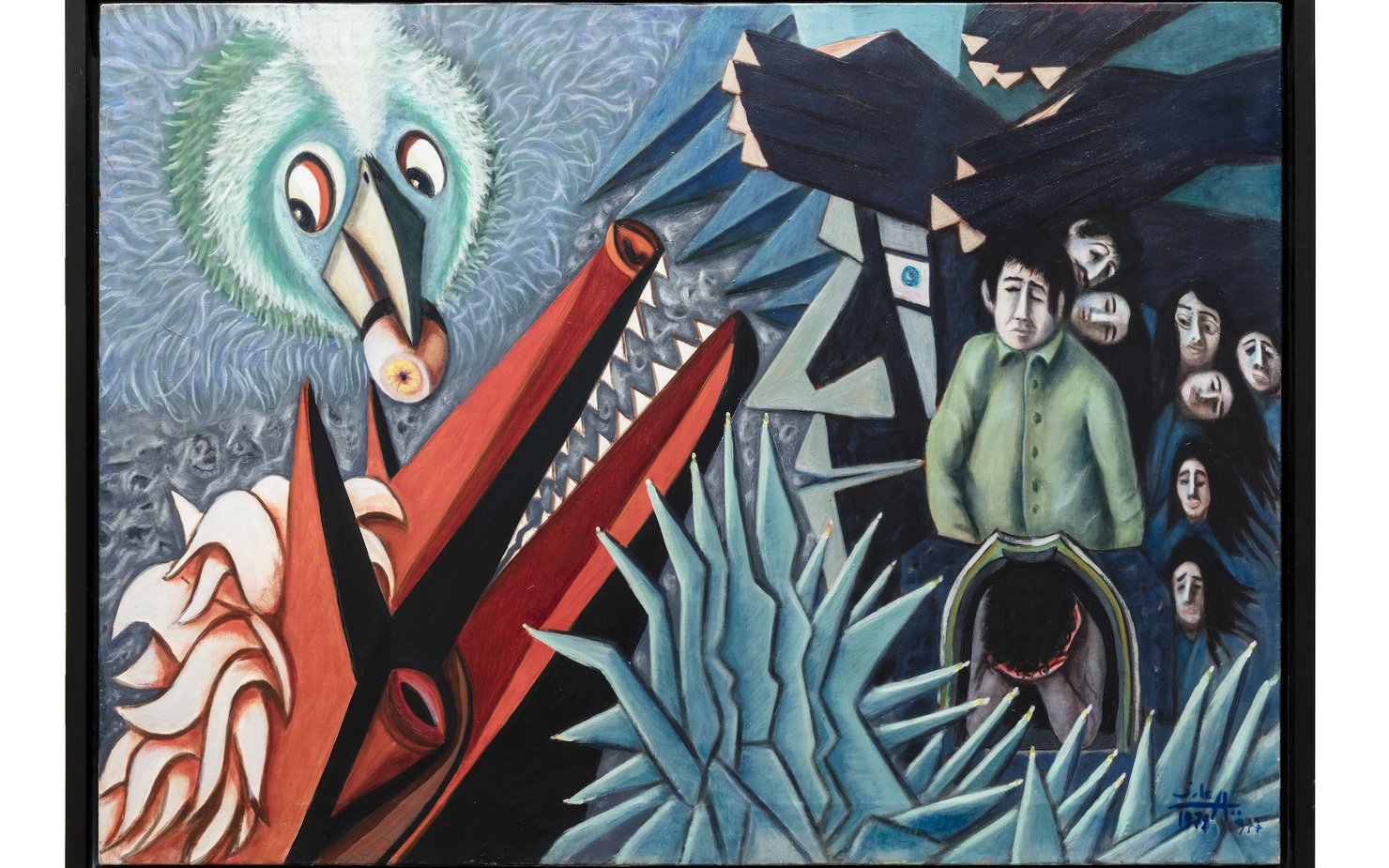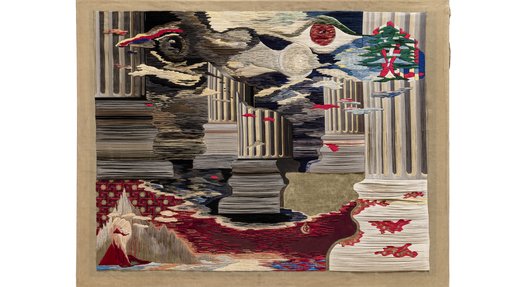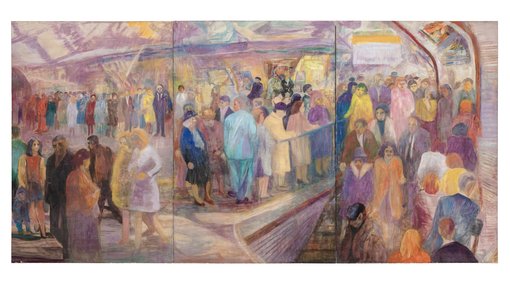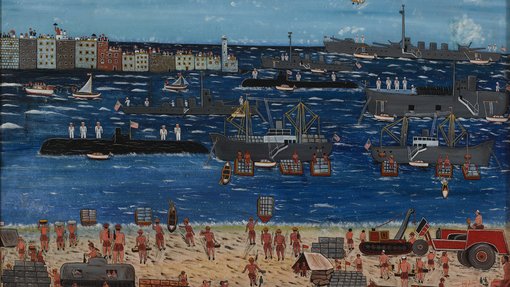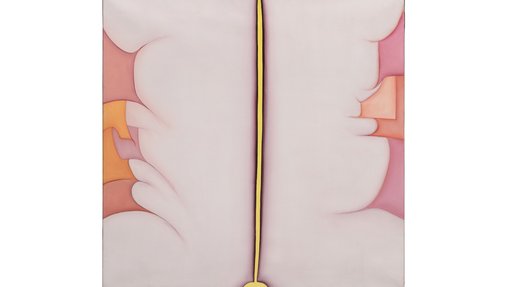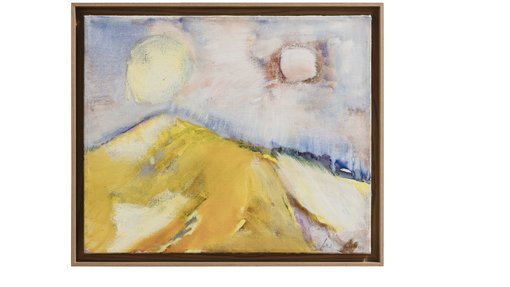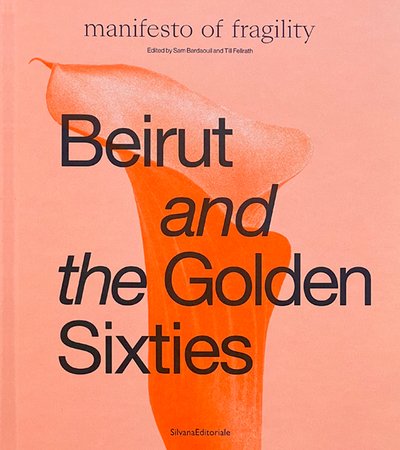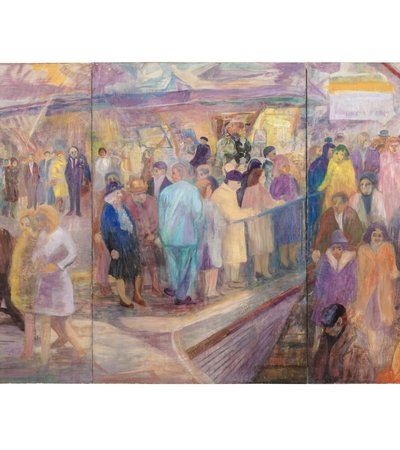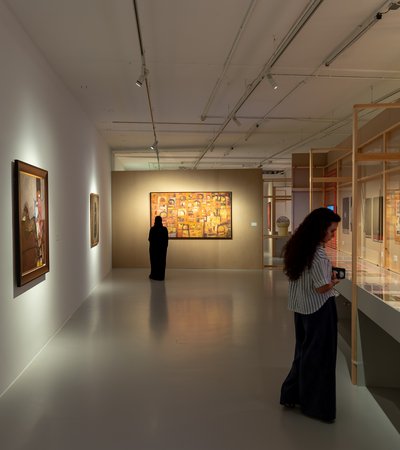Beirut and the Golden Sixties examines a romanticised era of global influence in Lebanon’s capital to highlight how collisions between art, culture and polarised political ideologies turned the Beirut art scene into a microcosm of larger regional tensions.
The exhibition traces a brief but rich period of artistic and political ferment. Following Lebanon’s independence from French-mandated colonial rule in 1943, Beirut became a destination for many intellectuals and cultural practitioners from the Middle East and Arabic-speaking North Africa. With revolutions, coups and wars unfolding across these regions over the next three decades, the influx of new inhabitants into Beirut continued throughout this period.
Encouraged in part by the Lebanese banking secrecy law of 1956, which prevented financial institutions from disclosing clients’ identities or assets, new streams of foreign capital also flowed into the city. Commercial galleries, independent art spaces and museums flourished. Beirut was bursting at the seams with people and opportunities, but also with ideas. However, underneath the prosperity and abundance, antagonisms festered and eventually erupted in a fifteen-year civil war.
Beirut and the Golden Sixties presents a crucial moment in modern history from the vantage point of an ongoing crisis, highlighting the entanglement of past and contemporary struggles. Joana Hadjithomas and Khalil Joreige’s multimedia installation, created specifically for the exhibition, sheds new light on the transformative effects of violence on art and artistic production and the power of poetry in opposition to chaos. With its wide-reaching artworks and archival materials, the exhibition introduces fresh perspectives on a pivotal period in the history of Beirut, a city where the question of art’s role in times of hardship forever lingers.
